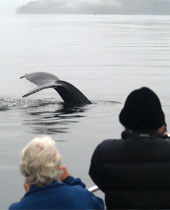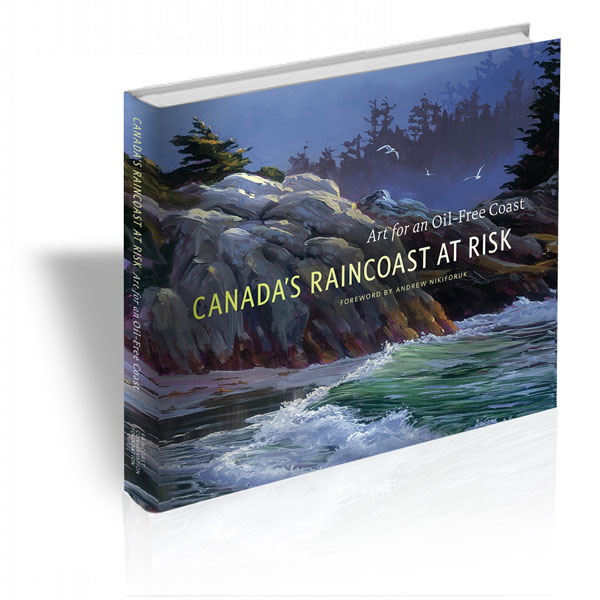One of the great spectacles of nature and largest movements of biomass on the planet is the return of salmon from the ocean to their natal stream where they spawn and die. What is both a cradle and a grave for salmon becomes a feast not only for many animals, but also a source of nutrients for ancient forests.
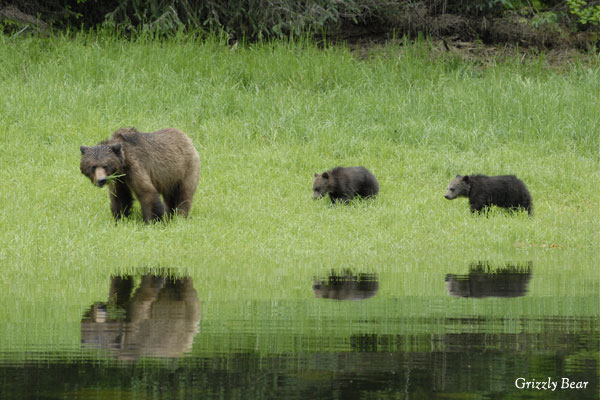
Grizzly and Black Bears concentrate on streams to feast on this abundant protein. Only here do we find the very rare spirit bear (Kermode Bear) whose white coat makes it a little less visible to salmon in a stream. We have recently learned that coastal wolves spend a great deal of time in the marine environment, and salmon are an important part of their diet. Salmon also feature largely in both the diet and stories of the indigenous people who have depended on them for centuries.
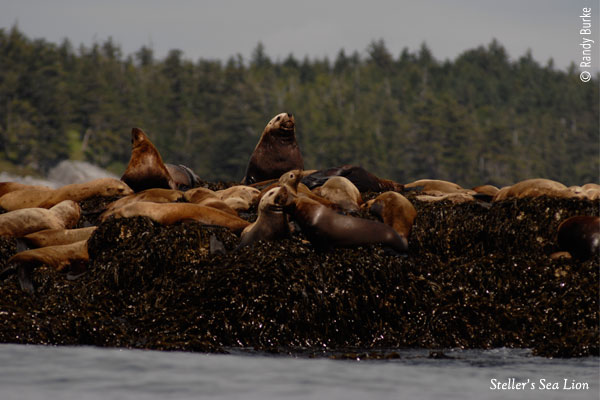
As we travel through waters that are home to many marine mammals, we will see Humpback Whales, Steller's Sea Lions, and Harbour Seals with good possibilities of seeing Fin Whales, Orcas, Northern Elephant Seals, Pacific White-sided Dolphins, and Dall's Porpoises. As well as watching, we may have opportunities to listen to whales using a hydrophone. This is also an opportunity to see many of the sea birds that spend most of their lives out on the ocean, or perhaps the abundant Bald Eagles or beautiful Sandhill Cranes. We will also take time to explore the amazing intertidal life found along the shorelines.
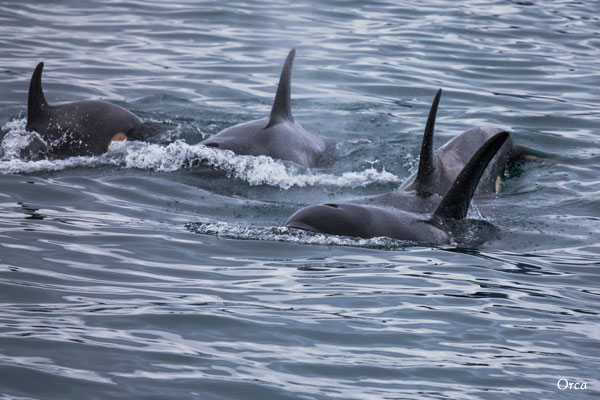
I have had the great fortune to work on this coast for two decades. It is a place of intense beauty and abundant wildlife. I hope you will consider joining my colleague Catherine Jardine for this voyage into the vast wilderness of the Great Bear Rainforest.
ADDITIONAL INFO:
When you love something deeply, you try to protect it. Sherry edited this book titled Canada’s Raincoast at Risk with all funds going towards scientific research and raising awareness of the area.


